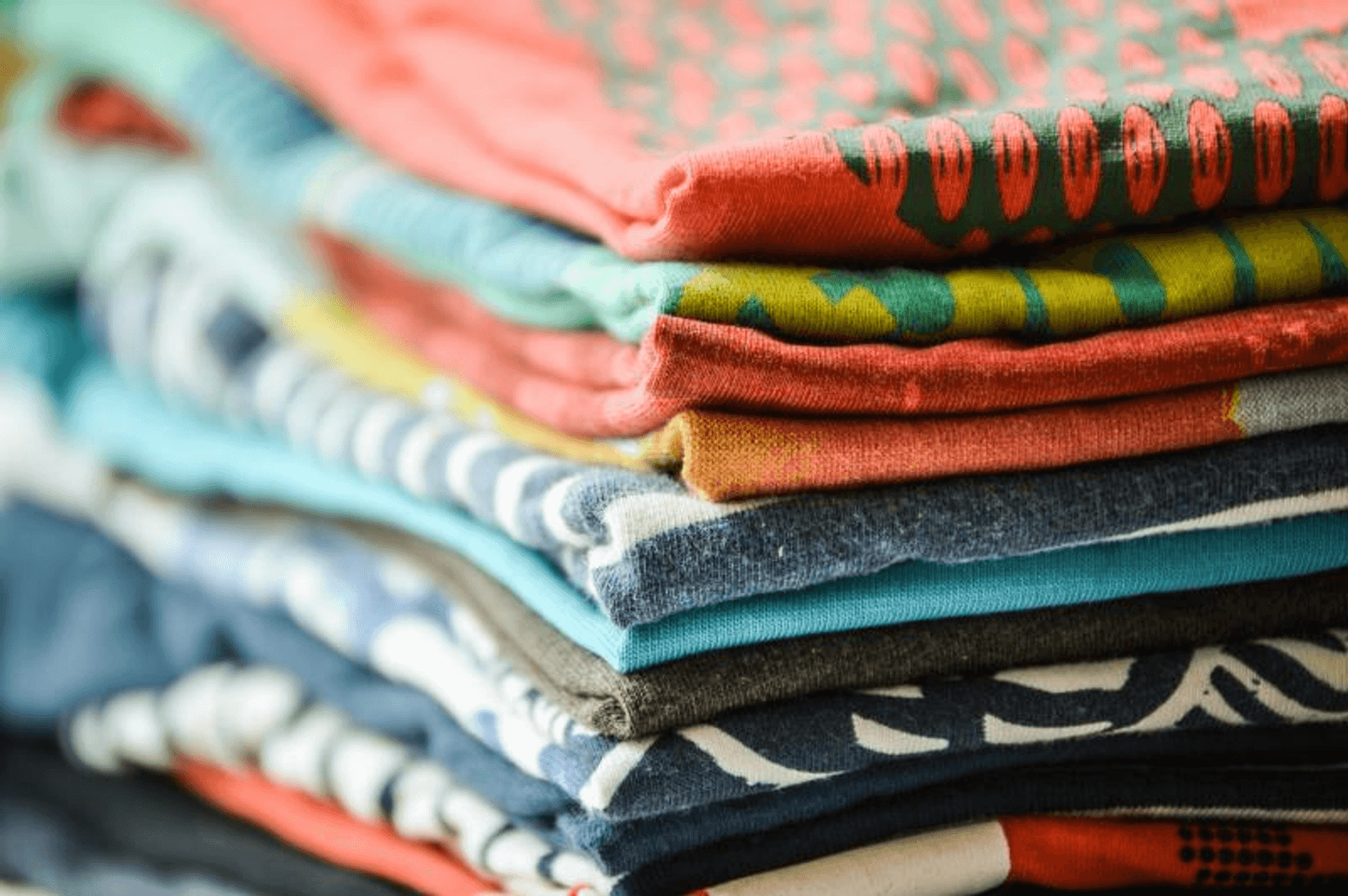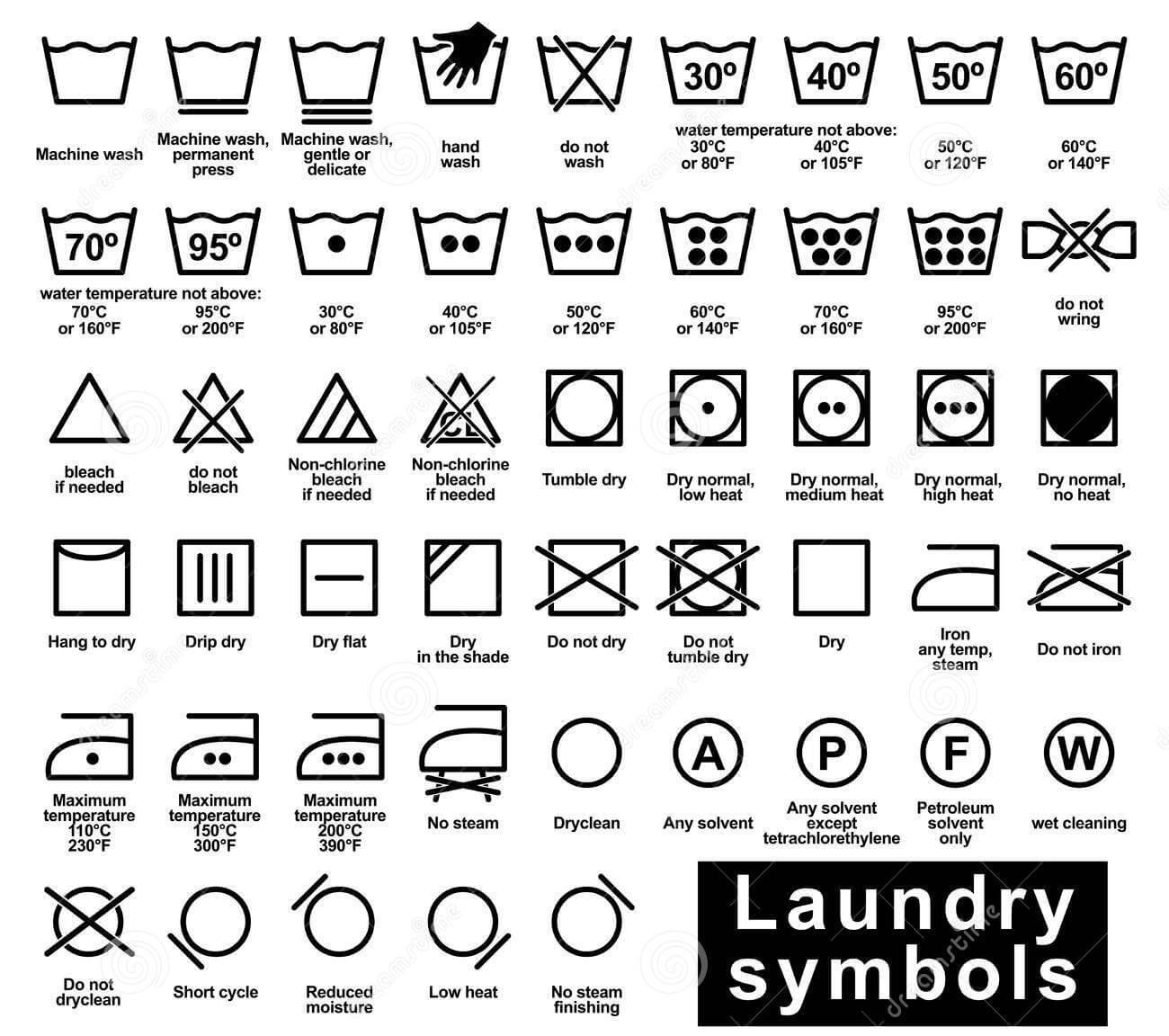What Exactly is a Jersey Knit Fabric?
A Jersey knit fabric is a type of stretchy, flexible fabric that is typically made from wool. There are several types of knit fabric used for various types of clothing. Jersey knit fabric is most commonly used for making shirts, dresses, and skirts. The fabric is also often used for making params, leggings, and other types of stretchy clothing.
Jersey knit fabrics are now made from various materials, including cotton, synthetic fibers, and bamboo. The fabric is typically stretchy and has a soft, smooth surface. It is also relatively wrinkle-resistant and easy to care for.
Jersey knit fabrics are popular for a variety of reasons. They are comfortable to wear, have a flattering fit, and are relatively easy to care for. You can wear jersey knit fabrics to both casual and formal events.
History of Jersey Knit Fabric
Jersey knit fabric is named after the island of Jersey, located in the English Channel between England and France. The history of jersey knit fabric dates back to the 18th century when it was first used for underwear and sportswear.
In the late 19th century, jersey knit fabric became popular for women‘s dresses and blouses. In the early 20th century, Coco Chanel introduced her iconic cardigan sweater made from jersey knit fabric. Since then, jersey knit fabric has been widely used in fashion garments by fashion designers.
Today, jersey knit fabric is available in various colours and patterns. It is often used for casual wear but can also be dressed up for more formal occasions. Whether you are looking for a comfortable t-shirt or a stylish dress, jersey knit fabric is a great option.
Characteristics of Jersey Knit Fabric

Jersey knit fabric is a type of knit fabric made from natural or synthetic fibers. It is usually composed of wool, cotton, or polyester. Jersey knit fabric has several characteristics that make it ideal for many applications.
Elastic
Jersey warp knitted fabrics are incredibly elastic, perfect for clothing that needs to be stretched, like yoga pants or leggings. Not only does this make the fabric more comfortable to wear, but it also means that it will return to its original shape after being stretched. This makes it less likely to wrinkle or become misshapen over time.
Durable
This fabric is tear and abrasion-resistant, making it an excellent choice for clothes you‘ll often wear or that will see a lot of wear and tear.
Draping
The fabric known as jersey knit has an excellent drape. This means it hangs well and doesn‘t bunch up or cling to the body. Consequently, jersey knit is a good choice for dresses, skirts and other garments which should flow smoothly over the body.
Versatile
Finally, jersey knit fabric is very versatile. It can be used for a wide range of garments, from T-shirts and tank tops to dresses and evening gowns. It is also relatively easy to care for, making it a good choice for busy people who do not have much time to devote to laundry and ironing.
Jersey knit fabric is an excellent choice for many different types of garments. Its combination of elasticity, durability, drape, and versatility makes it a woven fabric that can be used for many applications.
Types of Jersey Knit Fabrics
Flat knit fabrics are made of various fibres, making them practical for several occasions.
Cotton Jersey Knit Fabrics
Cotton jersey knit fabrics are a type of fabric that is usually made from cotton. The woven fabric is usually weft knitted in a way that makes it stretchy and comfortable to wear.
Cotton jersey knit fabrics are often used to make clothing items such as t-shirts, dresses, and skirts. The fabric is also sometimes used to make bedding items such as sheets and pillowcases.
Cotton jersey knit fabrics are usually very affordable, which makes them a popular choice for many people.
Silk jersey knit fabrics
Silk jersey knit fabrics are famous for their versatility and their luxurious feel. Jersey knits are made of fibre, including silk, wool, and cotton.
The fibres are interlocked, making the fabric stretchy and comfortable to wear. Silk jersey knit fabrics have an exceptionally soft and smooth texture, making them ideal for shirts, dresses, and skirts.
In addition to being comfortable, silk jersey warp knitted fabrics are also easy to care for. They can be machine-washed on a gentle cycle and ironed on a low setting. As a result, they are a good choice for busy people who need more time or inclination to hand-wash delicate items.
Wool Jersey Knit Fabrics
Wool jersey knit fabrics are a lot like their synthetic counterparts. They‘ve got that same close-knit, stretchy feel that makes them so comfortable to wear. But a few key differences set wool apart from the rest.
- For one, wool is a natural fibre, meaning it‘s derived from plants or animals. This makes it more breathable than synthetic fibers and less likely to cause skin irritation.
- Wool is also much more durable than synthetic fabrics, which can withstand repeated washing and wear without breaking down.
- And finally, wool is naturally water-resistant, making it the perfect fabric for winter wear.
So if you’re looking for a comfortable, durable, and stylish fabric, look no further than wool jersey knit!
Rayon or Viscose Jersey Knit Fabrics
Rayon is a fabric that is made from wood pulp. The wood pulp is treated with chemicals to extract the cellulose, then spun into yarn.
Viscose jersey knit fabrics are made with a type of rayon fabric. Their softer and more absorbent material makes them distinct from other types of rayon fabric.
Viscose jersey tricot knit fabrics are often used to make t-shirts, underwear, and other items that need to be soft and comfortable.
They are also sometimes used in medical applications because they help absorb fluids. Viscose jersey knit fabrics are available in a variety of colours and patterns.
You can usually find them for sale at Fabric Stores or online.
5 Uses for Jersey Fabric
Today, jersey fabric is used for a variety of purposes. Here are five common uses for this versatile and comfortable fabric.
Clothing
Jersey fabric is often used to make t-shirts, leggings, and other forms of clothing. The fabric is stretchy and comfortable, making it a popular choice for activewear.
Bedding
Jersey fabric is also frequently used in bedding. Its stretchiness makes it ideal for fitted sheets, and its softness makes it a comfortable option for blankets and duvets.
Home décor
In addition to clothing and bedding, jersey fabric can make curtains, slipcovers, and other home décor items.
Craft projects
Jersey fabric is a popular choice for quilting, as its stretchiness makes it easy to work with. The fabric can also make stuffed animals, pillows, and other DIY projects.
Industrial applications
Jersey fabric is sometimes used in the automotive industry, as its stretchiness makes it ideal for seat covers and other upholstery applications. The fabric is also sometimes used to manufacture tires and other rubber products.
5 Tips for Sewing With Jersey
Jersey is a knit fabric often used for making t-shirts and other casual wear. While it is relatively easy to sew, there are a few things to keep in mind to get the best results.
Ballpoint needle
When sewing with jersey fabric, it is essential to use a ballpoint needle. This type of needle will slide through the fabric more efficiently and help to prevent snagging. Jersey is a stretchy fabric, so it is essential to use a hand that will not damage the fibers.
A ballpoint needle will also help to create a professional-looking finish.
Walking foot
If you want your sewing projects made with jersey fabric to look professional, use a walking foot on your knitting machine. This will help to prevent the fabric from stretching as you sew. Jersey is a knit fabric, which means that it is made of interlocking loops of yarn. The fabric can easily stretch out of shape when sewing with a regular needle and foot.
However, a walking foot has teeth that grip the fabric and help to keep it in place. This can be a lifesaver when working with jersey, mainly if you are sewing a garment that you want to keep in good shape for years to come. So if you‘re planning on sewing with jersey, invest in a walking foot!
Zigzag stitch
Seams are essential to any garment, but they can be especially challenging to sew with stretchy fabrics like jersey. A traditional straight stitch will often break when the fabric is stretched, but a zigzag stitch can help to prevent this.
Using a zigzag stitch, you’ll still achieve a strong seam that can stretch as needed. Additionally, use a narrower zigzag stitch when sewing with a jersey.
This will help to further prevent the stitch from breaking when the fabric is stretched. With these tips in mind, you‘ll be able to sew beautiful seams that can stand up to even the most Stretchy fabric.
Double-needle
When hemming a piece of jersey fabric, it is best to use a double needle. This will give the hem more strength and prevent it from stretching out of shape. You will need to use a unique knitting machine foot to sew with a double needle.
The foot has two slots that the needles fit into. Once you have threaded the hands, you will sew as you normally would. The needles will create two parallel lines of stitching on the fabric.
Be sure to use a stretch stitch or zigzag stitch so that the stitches can stretch with the fabric. If you are new to sewing with a double knitting, practice on a scrap piece of fabric first.
Fabric Care Guide: How Do You Care for Jersey?

When caring for jersey fabric, it‘s essential to take special care not to damage the delicate fibres. Follow these directions to ensure your jersey stays in pristine condition:
- Wash jersey fabric in cool water on a gentle cycle. You can also hand wash it if careful not to agitate the fabric too much.
- Use a mild detergent that won‘t strip away the fabric’s natural oils.
- Don’t use bleach or other harsh chemicals on jersey fabric.
- Avoid wringing or twisting the fabric when wet, as this can damage the fibres.
- To best protect your jersey fabric, lay it flat to air dry or hang it up. Dryers use heat which can ruin the fibers in the material.
- Iron jersey fabric on a low setting if needed. You can also steam it to remove wrinkles.
Following these simple care instructions, you can keep your jersey fabrics looking and feeling new.
Wrapping up
Jersey fabric is an excellent choice for sewing projects, from apparel to home decor. You can create beautiful seams that stand up to even the most stretchy fabrics with the correct needle, foot, and stitch settings.
If you want stylish and well-made clothes without breaking the bank, Lezhou garment is perfect for you. With our 18 years of experience in custom clothing, we will be with you every step of the way as you create your own fashion line. Give us a call today to begin!
